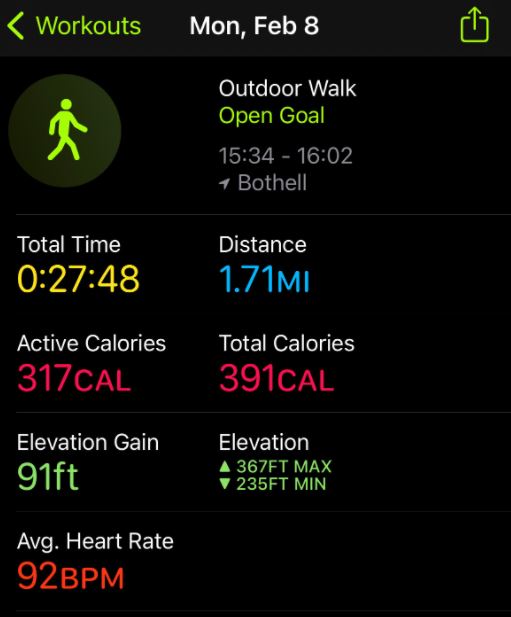The importance of setting specific, measurable, attainable, relevant, and time-bound (S.M.A.R.T.) goals when using a fitness device for weight loss.

By utilizing the data and information tracked by your fitness tracker, you can shape your goals effectively. Here’s an example of how to apply the S.M.A.R.T. goal framework:
- Specific: Instead of a vague goal like “I’m going to exercise more,” be specific about the target. For instance, aim to burn at least 1,250 calories through exercise in a week.
- Measurable: Your fitness device will track the calories you burn, allowing you to easily measure your progress and determine if you have achieved the goal.
- Attainable: Consider your current exercise routine and calorie burn. If you are already burning 1,000 calories a week, increasing it by 250 calories (to reach 1,250) should be a manageable and realistic goal. This might involve adding one extra workout session.
- Relevant: Recognize that exercise plays a vital role in weight loss, so increasing your physical activity aligns with your overall weight loss plan.
- Time-bound: Set a specific timeframe for your goal. In this case, the goal is for the current week. Committing to a time-bound goal increases your accountability and likelihood of success. You can choose to continue pursuing the same goal in the following week or set a new goal.
By utilizing the S.M.A.R.T. goal framework and incorporating the data provided by your fitness device, you can establish clear and actionable objectives for weight loss, leading to more effective and focused efforts.
Regenerate response